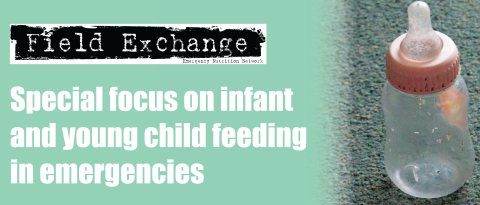Algorithms for converting NCHS references
Summary of published research1
One of the challenges thrown up by the development and introduction of the new WHO growth standards is that surveys using the new growth references cannot be compared with earlier surveys using the NCHS derived references. In order to obtain comparable data over time, earlier surveys would need to be reanalysed using the new WHO standards, however, reanalysis is impossible for older surveys since the raw data are not available. A recently published paper provides algorithms for converting estimates of child malnutrition based on the NCHS reference into estimates based on the WHO standards.
Sixty-eight surveys from the WHO Global Database on Child Growth and Malnutrition were analysed using the WHO standards to derive estimates of underweight, stunting wasting and overweight. The prevalences based on the NCHS reference were taken directly from the database. National/regional estimates, with a minimum sample size of 400 children, were used to develop the algorithms. For each indicator, a simple linear regression model was fitted, using the logit of WHO and NCHS estimates as, respectively, dependent and independent variables. The resulting algorithms were validated using a different set of surveys, on the basis of which the point estimate and 95% confidence interval of the predicted WHO prevalence were compared to the observed prevalence.
In total, 271 data points were used to develop the algorithms. The correlation coefficients were all greater than 0.90, indicating that most of the variability of the dependent variable is explained by the fitted model. The average difference between the predicted WHO estimate and the observed value was < 0.5% for stunting, wasting and overweight. For underweight, the mean difference was 0.8%. The proportion of the 95% confidence interval of the predicted estimate containing the observed prevalence was above 90% for all four indicators.
The authors conclude that in order to obtain comparable data concerning child malnutrition, individual survey data should be analysed using the WHO standards. When the raw data are not available, the algorithms developed in the study provide a highly accurate tool for converting existing NCHS estimates into WHO estimates.
1Yang. H and de Onis. M (2008). Algorithms for converting estimates of child malnutrition based on the NCHS reference into estimates based on the WHO Child Growth Standards. BMC pediatrics, pp 1- 6. http://www.biomedcentral.com/1471-2431/18/19
Imported from FEX website


